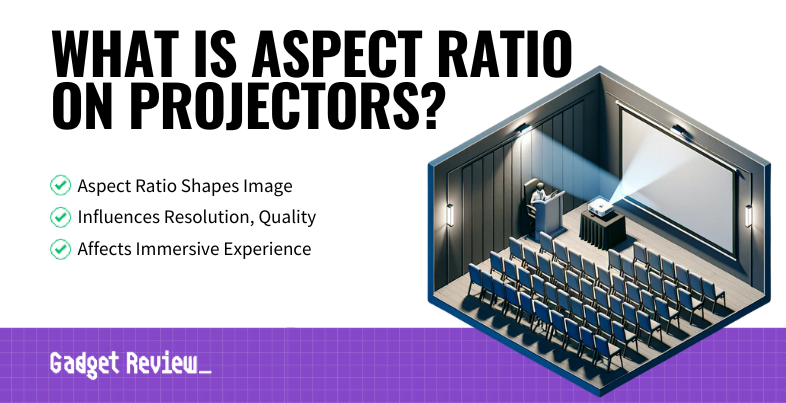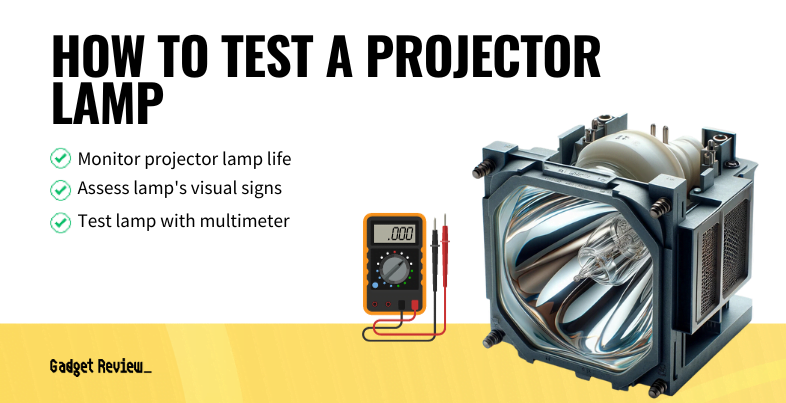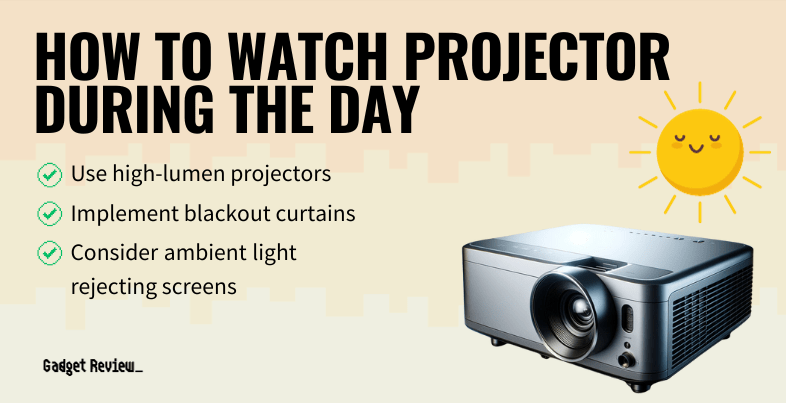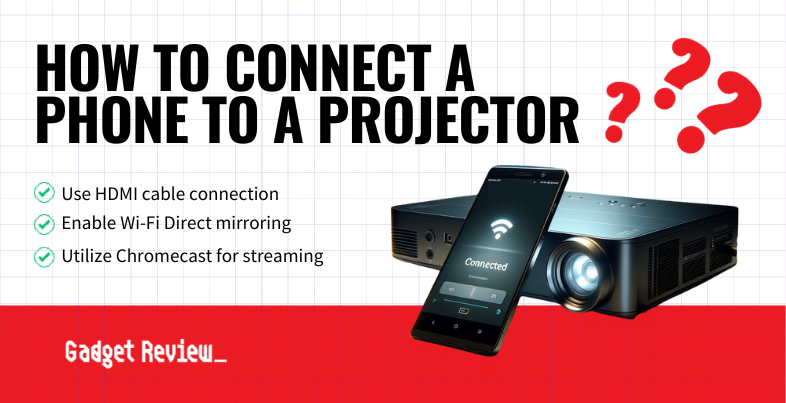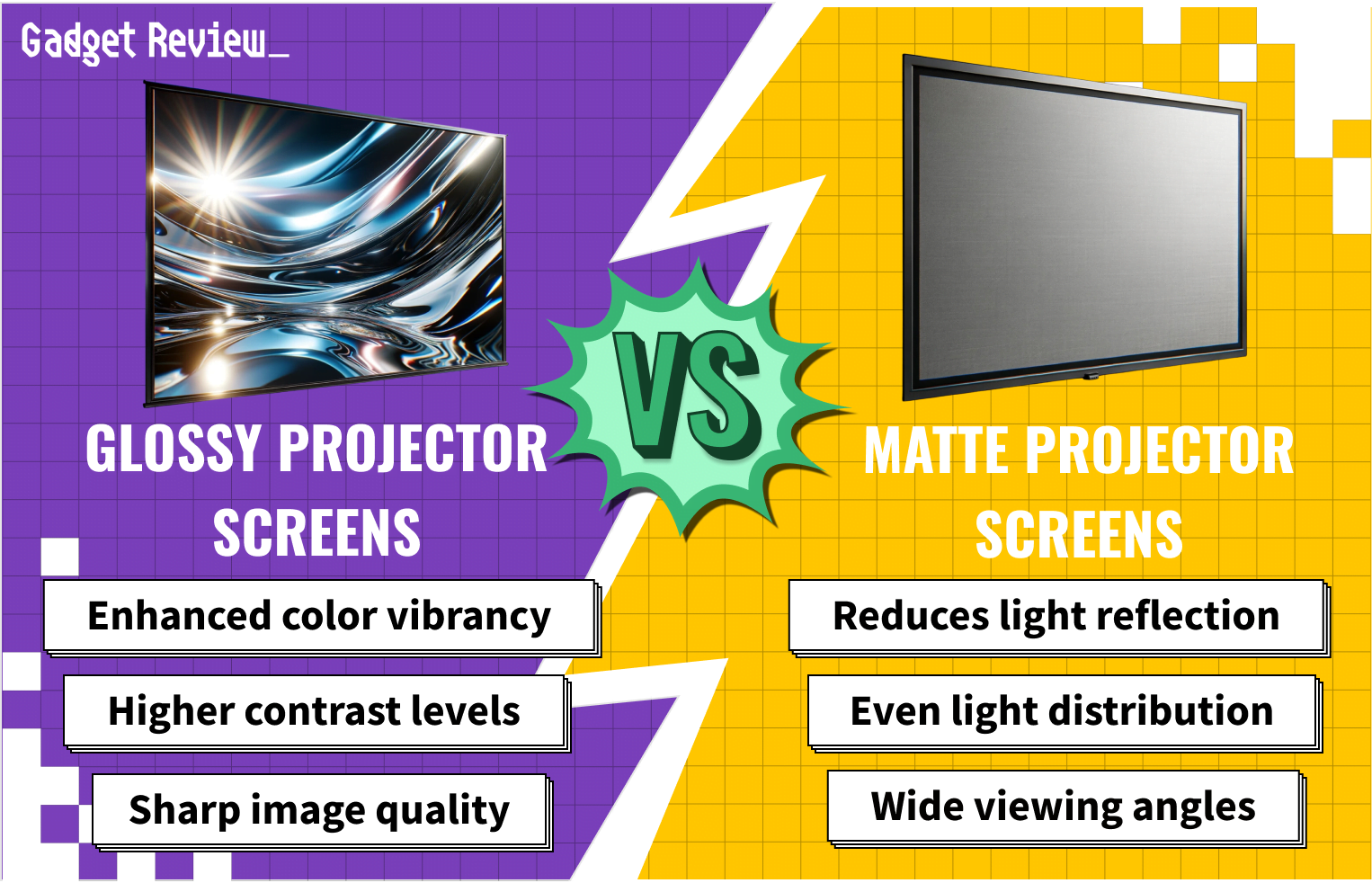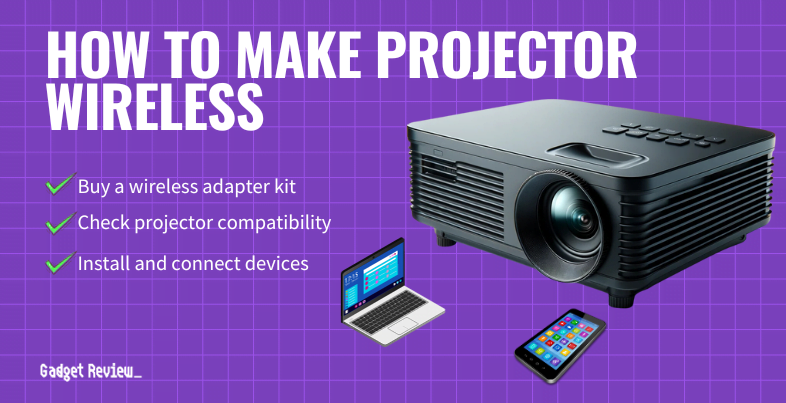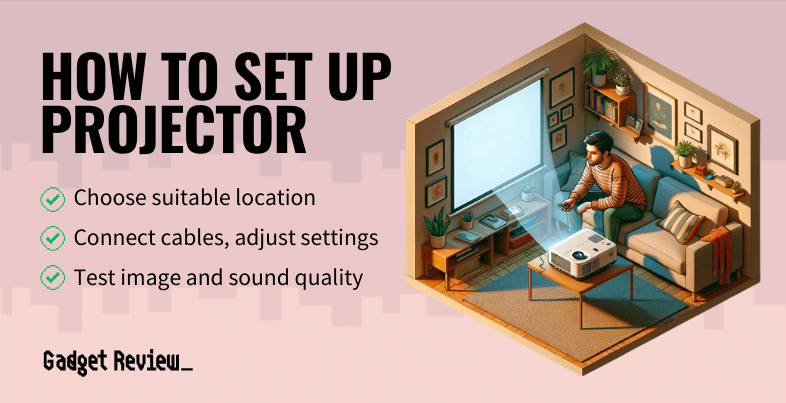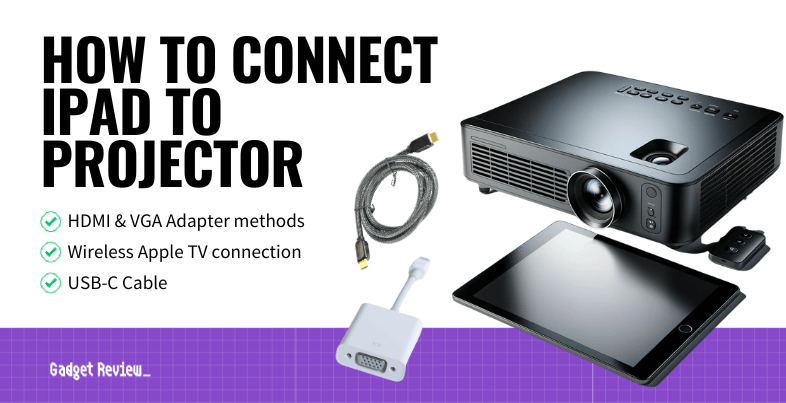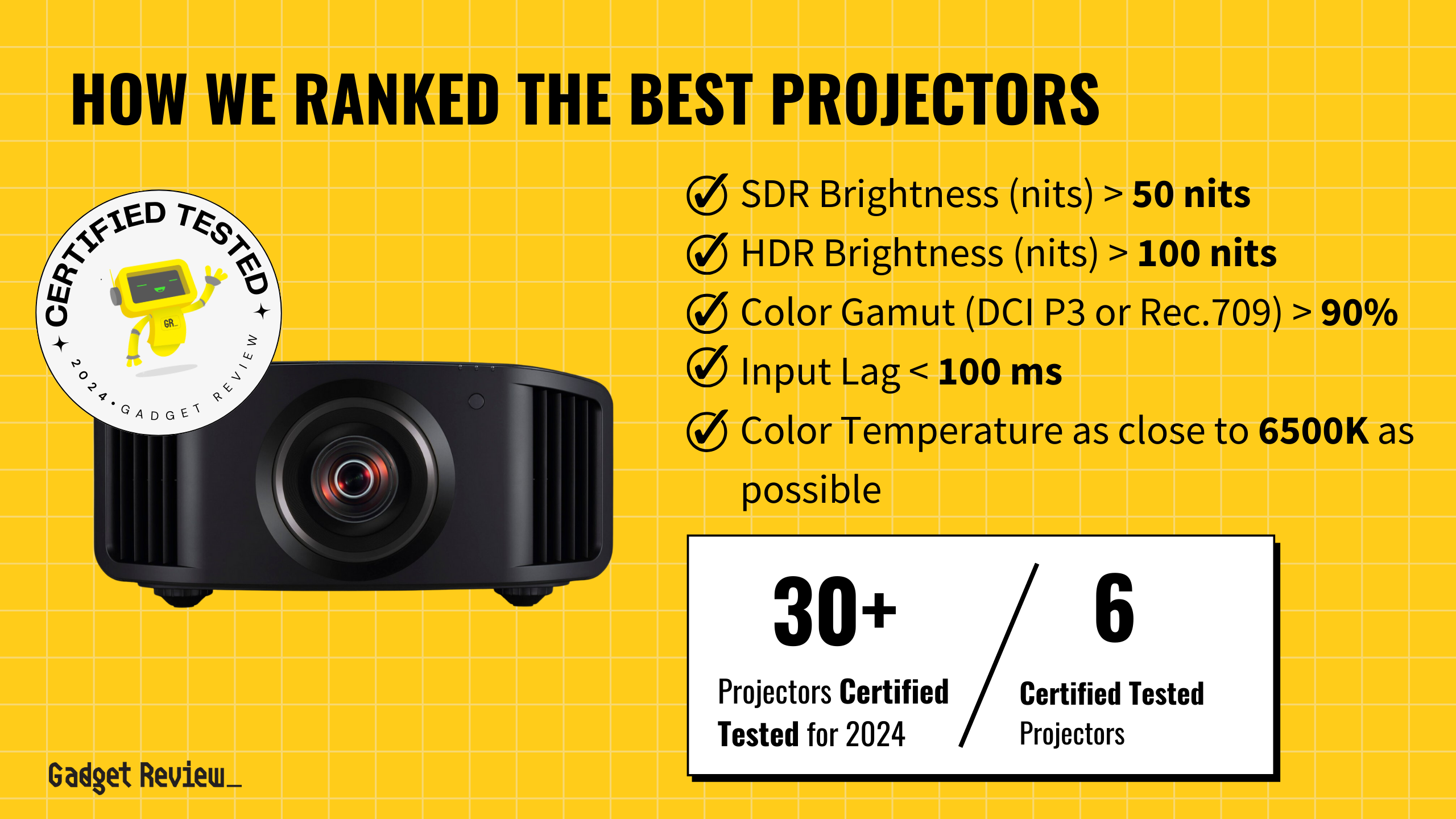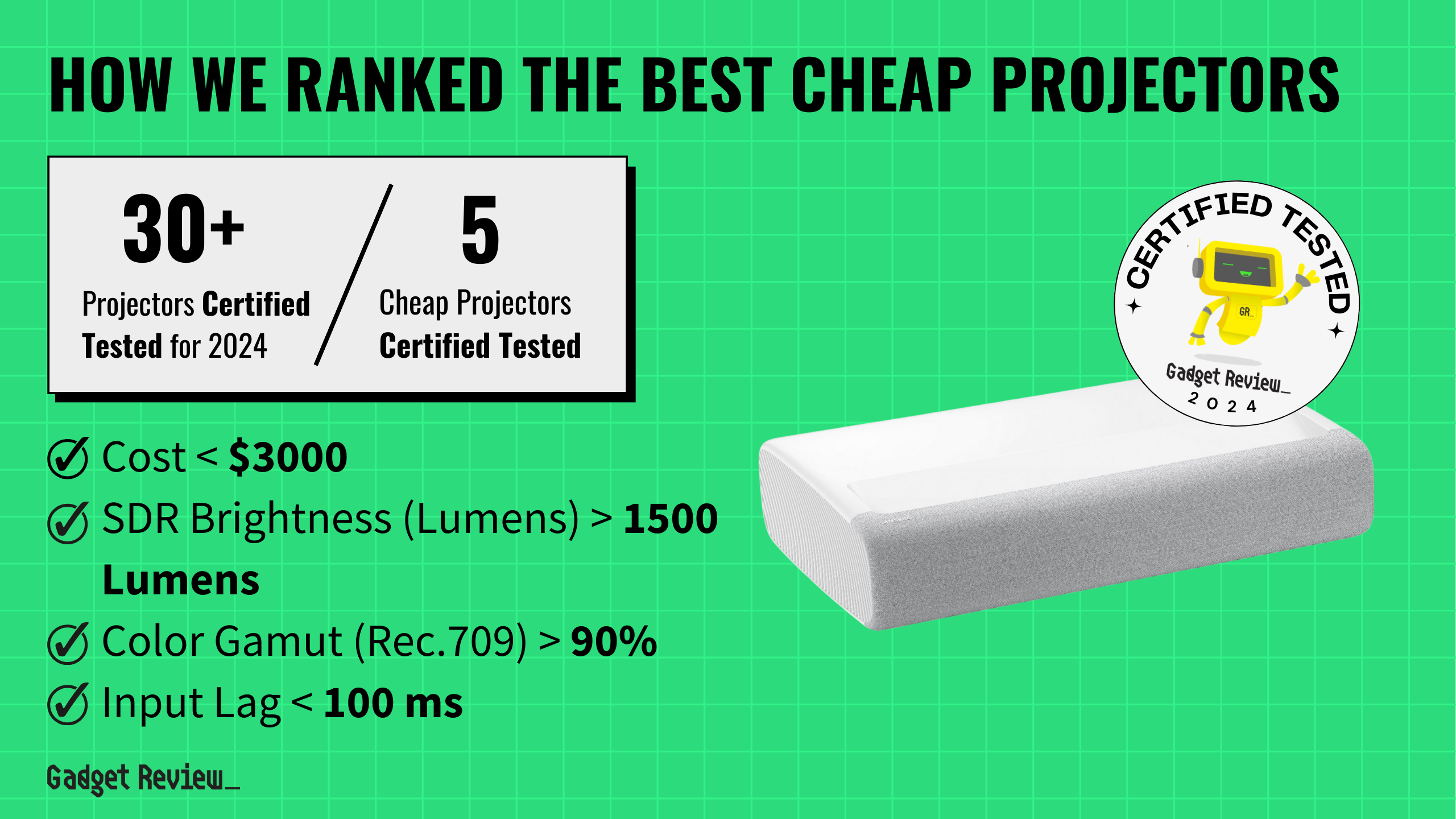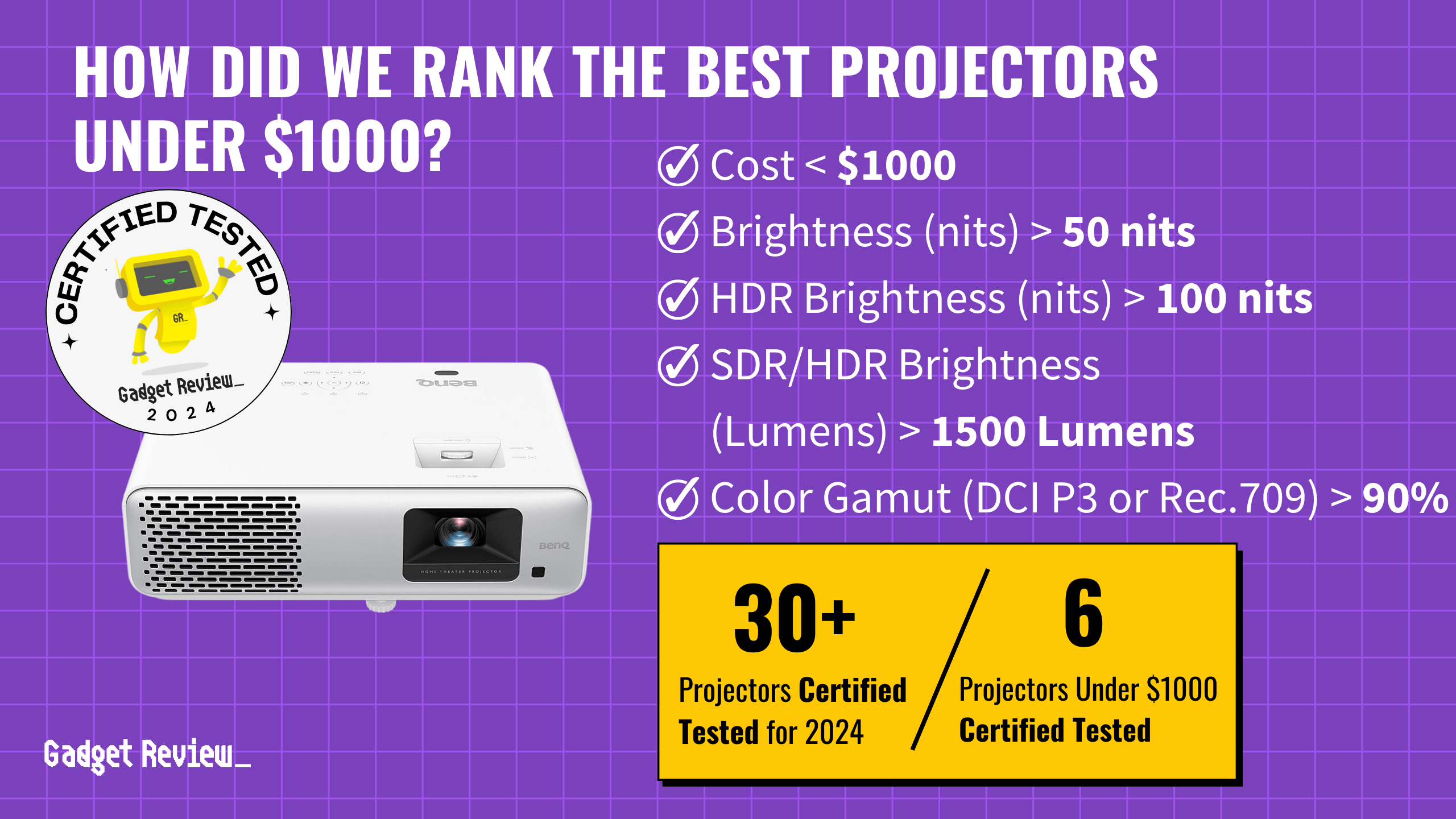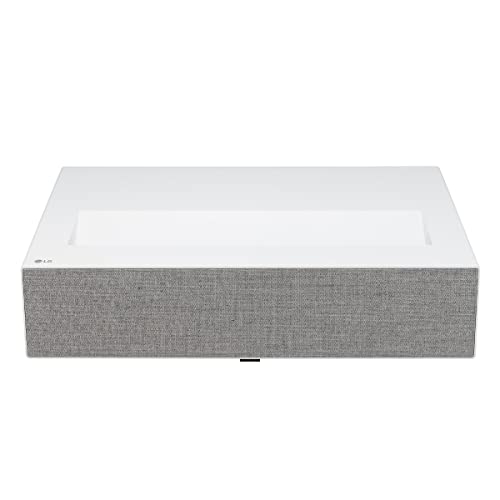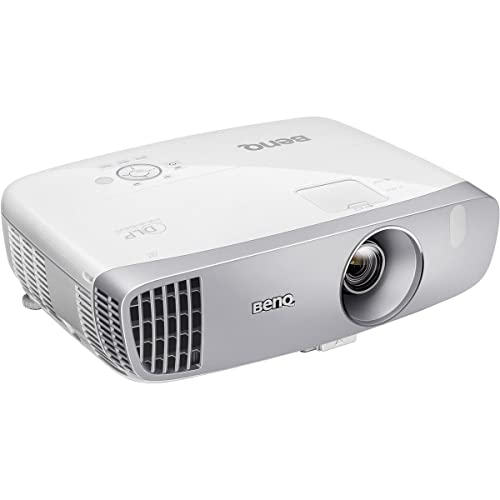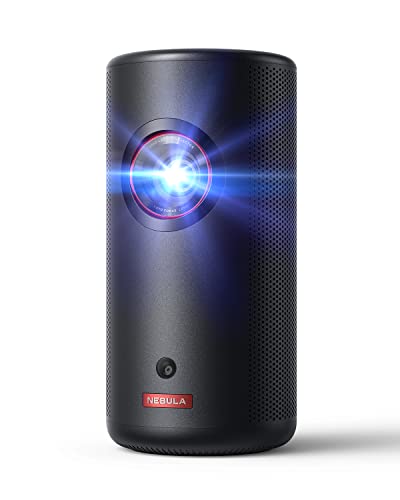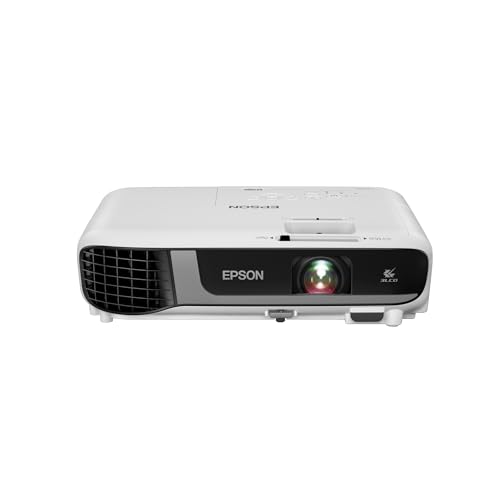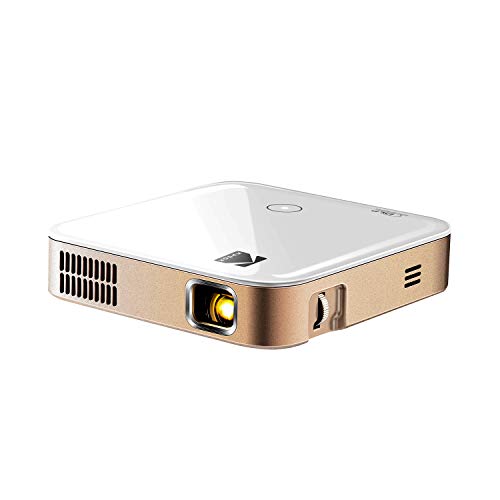In the world of projectors, one term you’ll often come across is “aspect ratio”.
Aspect ratio, simply put, is the ratio of the width of the projected image to its height. It affects not only the shape of the image – whether it’s more square or rectangular – but also its resolution and image quality. The higher the aspect ratio, the wider and more detailed the image. So, if you’re keen on high-definition Blu-ray movies or high-resolution gaming, paying attention to the aspect ratio is vital. Aspect ratio is different from zoom on a projector.
This is the ratio where your projector displays the highest pixel count and the best resolution. An important thing to keep in mind: when the aspect ratio of the projected image and the screen match, it fills the entire screen, steering clear of unsightly black bars.
Impact of Aspect Ratio on Viewing Experience
The native aspect ratio of a projector primarily affects the resolution and image quality, inherently shaping the viewing experience. For instance, a projector with a native aspect ratio of 4:3 projects images that are more square, while a 16:9 ratio delivers wider, more rectangular-shaped images.
The height ratio, or the relationship between the width and height of the image, plays a significant role in this regard. Aspect ratio influences screen dimensions and the horizontal measurement of the image, crucial for immersive viewing in a dedicated home theater.
Most Common Aspect Ratios
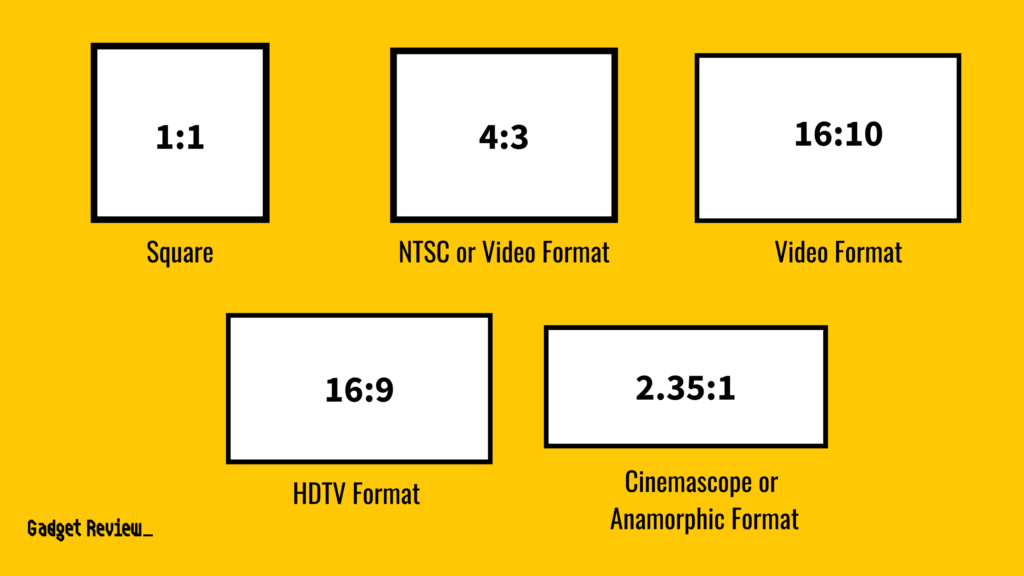
There is a wide range of ratios available, as there are lux in a projector. The most common native aspect ratio on projectors is 16:9, ideal for HD video and Blu-ray content. This ratio is your go-to for most home theater applications and commercial applications, offering a balance between image size and quality.
But that’s not the only player in the field. Other native aspect ratios include 4:3 for standard definition video and wider aspect ratios like 21:9, which are becoming increasingly popular for cinematic and gaming experiences.
If you’re looking for the format of motion pictures or the widescreen format seen in modern cinemas, you might be interested in projectors that support these wider aspect ratios. Always check the native format of your DLP projector before agreeing to the purchase price of the proper screen size.
| Aspect Ratio | Description | Ideal Usage Cases |
|---|---|---|
| 1:1 | Perfect square, used in early photography and film | Classic square format |
| 4:3 | Traditional TV and computer screen ratio since 1950s | Standard TV, computer screens |
| 16:10 | Emerged with widescreen computers around early 2000s | Computers, modern workstations |
| 16:9 | Became standard for HD TV and video in the late 2000s | HD TV, modern video content |
| 2.35:1 | Popularized in 1950s for CinemaScope widescreen movies | Cinematic films |
Technical Considerations in Aspect Ratios
It’s essential to note that while a projector might have a specific aspect ratio, it doesn’t mean it’s limited to projecting images in that format only. They can project a variety of sizes. For example, a projector with a 16:9 native aspect ratio can still display images in the original aspect ratio of a TV broadcast or a classic film, although it may not use the screen’s maximum size.
insider tip
In some subwoofer models, you’ll see the third number. For example, you might see 7.1.2, where the third number represents the number of channels for ceiling speakers.
If over 80% of all major motion pictures roll out in that expansive 24:1 cinema format and with the average aspect ratio for new streaming content leans closely to 22:1 but is steadily shifting to 24:1, you’ll want to ensure your projector can handle these wider formats. If you’re a film enthusiast, and particularly favor such wider content, you’ll want to match your screen to optimize your viewing experience.
In a nutshell, the ideal aspect ratio for your projector really boils down to what you are primarily using your projector for. Whether it’s for a home theater, business presentations, film study or just daily regular use, knowing which aspect ratio best fits your needs will significantly enhance your viewing experience. If you experience poor picture quality, you could argue that it’s is the result of the gain on a screen, but that may be stretching it.
Choosing the Appropriate Screen Size
When setting up a home theater or a business presentation space, the screen size and aspect ratio are crucial in delivering a high-quality viewing experience. The screen aspect ratio should be chosen based on the content you plan to watch. For instance, a 16:9 screen is suitable for modern HD content, while a 4:3 screen might be better for older TV broadcasts or standard definition content.
The aspect ratio can be 4:3, 16:9, or 16:10, depending on the Screen Type setting and your image source’s input signal. Each format caters to different needs. While 16:9 is the common aspect ratio and the established norm for many HD videos, a 4:3 format comes in handy for standard video.
warning
Screen types matter, so before investing in any elite screens, make sure it is compatible with your chosen projection method.
In business or educational settings, where a larger screen size may be needed, it’s essential to consider both the cost and the space available. A larger screen with a higher aspect ratio can provide a more immersive experience but may also require a more powerful projector.
In the world of projectors, there’s no one-size-fits-all. Understanding your aspect ratio, screen size, and how they impact your viewing content is key. The market offers a multitude of screen sizes and resolutions, each with its charm and purpose. So while it might seem overwhelming at first, a little knowledge and preparation can help you make the perfect choice without any hassle.
Aspect Ratio Trends and Future Developments
As we look to the future, the trends in aspect ratios are evolving. With the rise of ultra-high-definition content and more diverse applications, from gaming to commercial presentations, we’re seeing a shift towards wider aspect ratios and larger screen dimensions. Understanding the aspect ratio and how it interacts with screen size, frame, and space is crucial to maximize your projector’s potential.
STAT: A typical frequency range for soundbars is 70hz to 19KHz.
Remember, it’s not just about brightness or screen gain but finding the perfect balance for your viewing environment. Whether you’re setting up a projector for a dedicated home theater, gaming, or commercial use, the aspect ratio and screen size you choose will significantly influence the image quality and overall experience.


